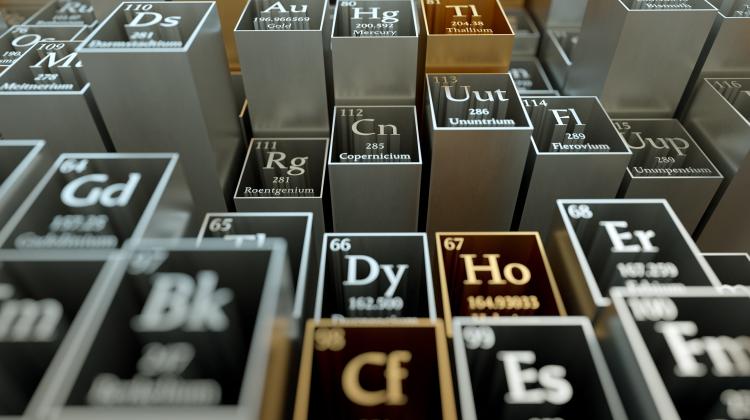We know that molecules and atoms can transform into other molecules and atoms during a chemical reaction - we learn how to write them in chemistry lessons. Couldn't we in the 21st century learn about chemistry other than by recording reactions? Why not make a film showing how a particular chemical reaction takes place? Is it possible?
What if we want to see a chemical reaction but not its macroscopic effect, such as colour change of a solution, precipitation, light effect, accompanying explosion, etc.? How do you see what the atoms did when they met in a reaction? The problem is their very small size. For example, the SARS-CoV-2 virus protease, composed of 4,500 atoms, is about 8 nm wide, much shorter than the wavelength of light. Unfortunately, the resolution of a good optical microscope is 200 nm. If we cannot see the reaction, what can we do?
Instead of looking for tools and solutions to see the reactions in the test tube, let's build a model that we want to study. Using a computer, let's create a three-dimensional model of atoms and molecules and follow the chemical reaction, let's make a movie. To do this, we need a good computer with high computing power and programs / tools that allow us to calculate the next steps of our simulation. Quantum chemistry is developing tools for such calculations. Over the last century of development in this field, countless methods and programs have been developed to provide insights into the structure of molecules, their total energy and intermolecular interaction energy, as well as the charge distribution within the molecule, the location of dipole moments and higher order multipole moments, key vibrations and oscillations, spectroscopic properties, reactivity, collision active cross sections and much more. Thanks to quantum chemistry, we can view atoms and molecules and record step by step, photo by photo, the course of the reaction. Quantum-mechanical computing, offered by quantum chemistry, has become an invaluable source of information, used by scientists to research and design new materials, to design drugs and describe biochemical processes, describe spectroscopic spectra and excitations.
With the use of quantum chemistry tools, we can describe many phenomena and processes, but as they develop, our requirements and ambitions grow. We would like to calculate more and more efficiently, faster and more accurately, we would like to describe larger and more complex molecular systems.
Quantum chemistry describes the fundamental states quite efficiently. It is much more difficult to describe excited states, radicals, or the very process of breaking a chemical bond. In the Quantum Chemistry Group at the Institute of Physics at Lodz University of Technology, we work, inter alia, on the development of new methods of quantum chemistry for the efficient study of difficult molecular systems such as awake states.
Scientists think ahead when developing computational methods for quantum chemistry. We are preparing to move our tools from Peta-scale computers to Exo-scale computing. More and more often, designed computational methods adapted to the architecture of classical computers are prepared for calculations on super-efficient quantum computers. Quantum chemistry is developing in many directions and hopefully another breakthrough in this field will allow us to look at science differently.




